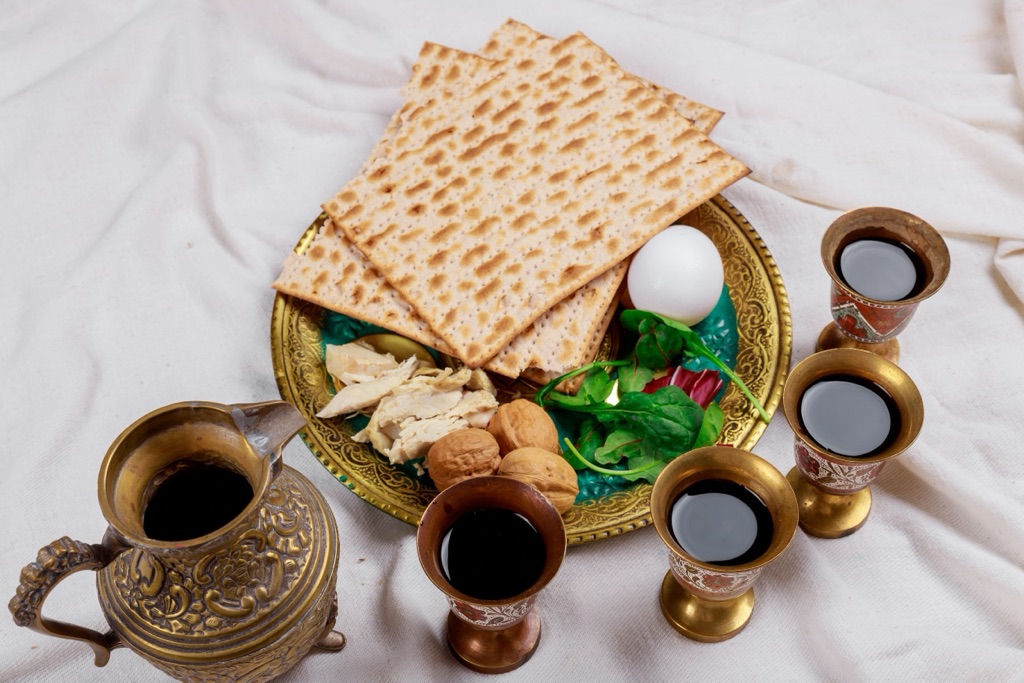The celebration of Passover Seder and its connection to the story of Jesus. We explored the various elements of the Passover meal and how they symbolize different aspects of the Jewish people’s escape from Egypt. The reclining posture symbolizes freedom, while the yeast-free dishes represent the haste of their flight. The Passover Seder’s rich symbolism is truly fascinating, and we also noted the role of a lamb in the historical Passover, which can be seen as a foreshadowing of Jesus, the Lamb of God.
In the second part, we discussed how the elements of the Passover Seder are echoed in Christian beliefs. We saw this in the wine that represents the water turning to blood, but there were other plagues we see in the last week, like the darkness that fell when the sun was blotted out and the death of the firstborn son. We also touched on the idea that the three pieces of matzah present at the Seder could represent the Holy Trinity, a concept that holds deep significance in Christianity. It is the second piece of matzah that is broken and then hidden.
We examined the role of children in the Passover Seder. We highlighted the tradition of the youngest child asking the four questions, then the children all search for the hidden piece of matzah, and inviting the prophet Elijah. These practices not only make the Seder an engaging experience for children but also serve to pass on the important stories and lessons of the Jewish faith to the next generation.
Finally, we ended on a reflective note, considering why Jesus chose Passover as the time to reveal His mission. We discussed the possibility that by choosing this holiday, Jesus was showing the fulfillment of the Old Testament prophecies in His life and death. We also pondered the ways in which understanding the Passover can enrich our understanding of Jesus’s story.

